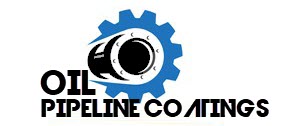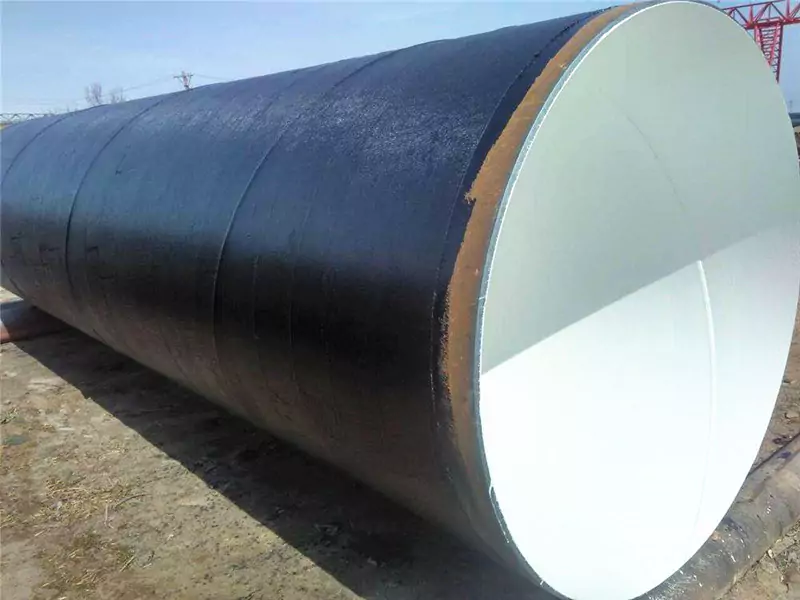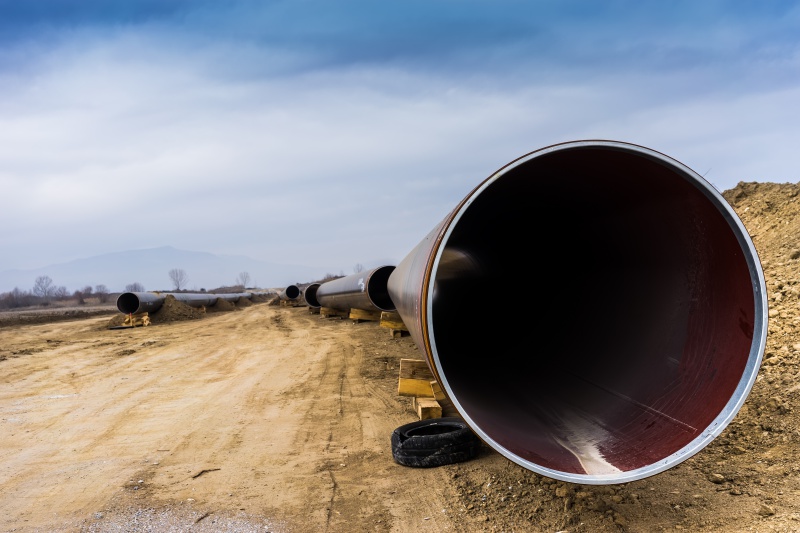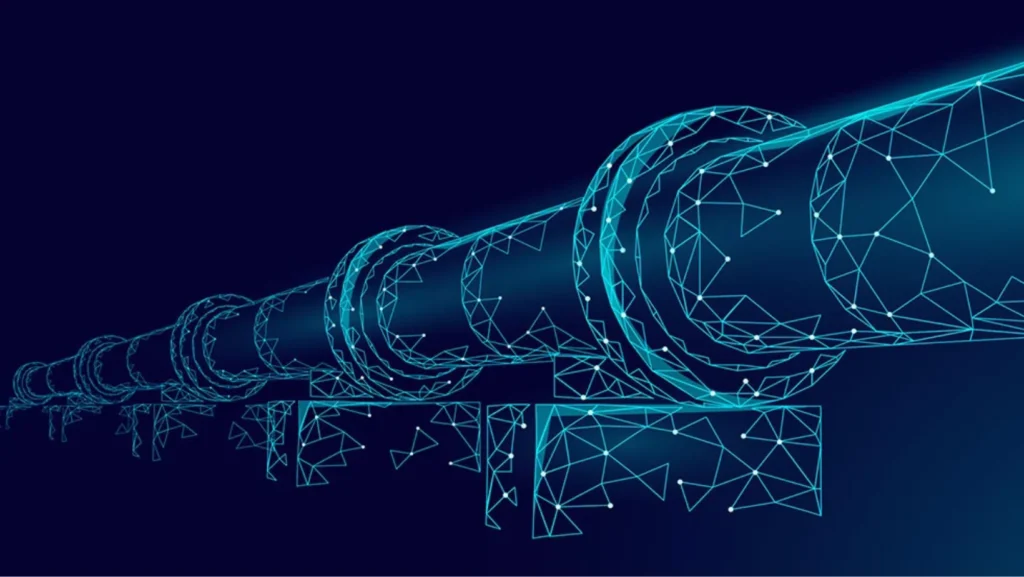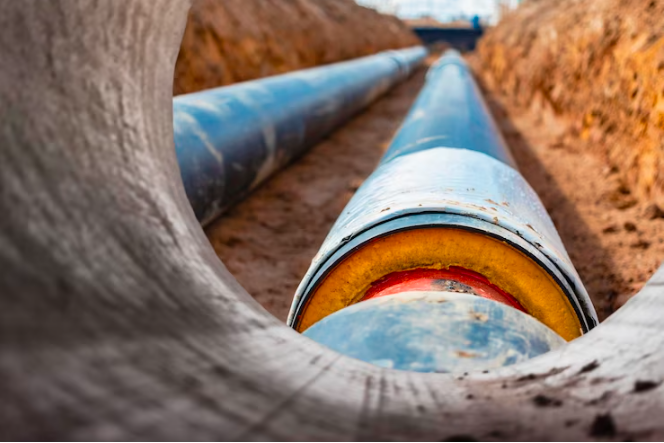The oil pipeline sector plays a role in meeting the world’s energy needs by moving millions of barrels of oil every day across distances. These pipelines need to endure conditions and extreme weather to ensure a safe oil flow. To preserve their strength, it is crucial to protect them from rust, wear, and environmental harm. Polyurea, an adaptable coating, has emerged as a solution for providing this protection. This piece delves into the obstacles encountered by the oil pipeline industry and how polyurea helps safeguard this infrastructure.
The Importance of Pipeline Integrity
Pipelines serve as the lifelines of the oil industry, linking production sites to refineries, distribution hubs and consumers. These extensive networks stretch across continents traversing landscapes and climates. The uninterrupted functioning of pipelines is crucial, for maintaining the stability of energy markets and supporting the economies on them. Nevertheless,, the exposure of pipelines to elements like moisture, temperature fluctuations and chemical substances poses risks to their structural integrity.
Among the perils that pipelines encounter corrosion stands out as a threat. When metal pipelines come into contact with moisture and oxygen they undergo corrosion processes that result in rust formation and structural weakening. If left unaddressed corrosion can lead to leaks, breaches and in instances failures. These events not disrupt oil supply chains. Also present significant environmental dangers.
Additionally abrasion poses another obstacle for pipelines to contend with. As oil flows through the pipeline system it carries particles that gradually erode the walls of the pipes. This erosion over time can thin out the pipeline walls rendering them vulnerable to leaks and ruptures. External influences such as soil shifts or interaction, with rocks and debris can exacerbate abrasion issues further compromising the durability of pipelines.
Considering these dangers, safeguarding the reliability of pipelines is a concern within the oil sector. An efficient method to defend pipelines against risks involves the application of protective coatings. These coatings serve as a shield, safeguarding the pipeline from factors and prolonging its operational lifespan.
The Role of Polyurea in Pipeline Protection
Polyurea has become a choice for coating pipelines because of its characteristics. It is a spray-applied elastomer that quickly cures to form a flexible and highly resilient coating. Its ability to adhere to surfaces like metal, concrete, and plastic makes it an excellent option for safeguarding pipelines.
One of the benefits of using polyurea is its resistance to corrosion. When applied inside or outside a pipeline, polyurea acts as a watertight barrier that blocks moisture and oxygen from reaching the metal surface. This barrier effectively halts the corrosion process, preserving the pipeline’s integrity and reducing maintenance costs.
Another key feature of polyurea is its flexibility, which makes it suitable for protecting pipelines. Pipelines undergo movement due to temperature variations, ground shifts or material expansion and contraction. Unlike coatings that might crack or peel when subjected to stress polyurea can adapt to the pipelines movements while maintaining its qualities over time. This flexibility ensures that the coating remains intact, in conditions.
Additionally polyurea boasts abrasion resistance. The tough and durable layer this coating provides shields the pipeline from damage caused by oil flow and external elements.
By protecting against wear and tear polyurea plays a role, in prolonging the lifespan of pipelines reducing the chances of leaks and ensuring a flow of oil.
Another key advantage of polyurea is its curing process. Administered, polyurea solidifies rapidly enabling pipelines to resume operations. This speedy turnaround proves beneficial in the oil sector, where any downtime can lead to expenses. Additionally, the rapid curing time allows for polyurea application across conditions, making it a versatile solution for safeguarding pipelines.
Application and Maintenance of Polyurea Coatings
The use of polyurea coatings demands precision and expertise. Prior, to applying the coating it is crucial to clean and prepare the surface of the pipeline to ensure adhesion. This process may entail removing any rust, dirt or previous coatings that could hinder the bonding process. Once the surface is prepared specialized spray equipment is used to apply the polyurea ensuring an uniform coating.
A key advantage of polyurea lies in its quality. Unlike coatings that may necessitate joints or seams polyurea creates a layer that eliminates vulnerabilities where corrosion or leaks could arise. This seamless application not boosts the durability of the coating. Also streamlines maintenance since there are no seams requiring inspection or repair.
Regular upkeep plays a role in preserving the longevity of pipelines coated with polyurea. While polyurea is exceptionally resilient it’s still essential to inspect the coating for any signs of damage or wear. Any identified issues should be promptly addressed to prevent degradation and uphold the pipeline’s protection.
Advancements in polyurea technology have resulted in coatings with enhanced properties. For instance certain formulations are engineered to offer increased resistance, against UV radiation, chemical exposure or extreme temperatures.
These unique coatings provide protection, for pipelines in conditions prolonging their durability and minimizing maintenance requirements.
The Future of Polyurea in the Oil Pipeline Industry
As the oil pipeline sector progresses the use of polyurea coatings is expected to grow. Advances in creating formulations and applying techniques will improve the effectiveness and flexibility of polyurea, making it a more valuable asset for safeguarding pipelines.
The oil industry is increasingly concerned about sustainability. Polyurea coatings offer lasting protection. They also reduce maintenance needs, contributing to pipeline sustainability by minimizing environmental harm from leaks and cutting down on repair resources.
Apart from safeguarding existing pipelines polyurea is now being utilized in constructing pipelines. Its adaptability to conditions and environments makes it a practical option, for pipeline construction projects
Conclusion
Polyurea has become an essential component in protecting oil pipelines, offering a reliable and durable solution to the challenges of corrosion, abrasion, and environmental exposure. Its flexibility, rapid curing time, and resistance to harsh conditions make it a superior choice for maintaining pipeline integrity and ensuring the safe and continuous flow of oil. As technology advances and the demands on the oil industry continue to grow, polyurea will remain a critical tool in safeguarding the infrastructure that supports the global energy supply.
Learn more about pipeline coating options by visiting ArmorThane.com
